As the first academic institution to join the United Nations Conscious Fashion and Lifestyle Network, the online platform focusing on the implementation of the Sustainable Development Goals in the fashion industry, we share this report by student Mhari Reid of the latest final project of the Master in Sustainable Fashion.
The final project required the students to develop a sustainable and responsible innovation for the fashion industry, more specifically within the business context of Ferragamo. In this report, Mhari shares her reflections on her and partner Katelyn Kelley’s project, as well as the major climate issues effecting the industry today, and her vision as a future fashion professional.
In December, my classmates and I, students of the Master in Sustainable Fashion, were given the brief for the final project: to develop a sustainable innovation for the fashion industry, and more specifically Ferragamo.
Gaining a deep understanding of the luxury fashion landscape, along with the DNA of Ferragamo, was our first priority. To support us in this process, we had the opportunity to visit the Ferragamo Museum and Ferragamo’s Osmannoro facility where we toured the archive and attended a presentation from James Ferragamo, Chief Product Officer of the Ferragamo Group, and the sustainability team, who shared the brand’s rich history and their ongoing journey with sustainability. We learned about Salvatore Ferragamo’s innovations, his over 350 patents and trademarks, his ability to turn limitations into opportunities for creativity, and the exceptional quality of the shoes and leather goods that continue to define the brand today. This immersive experience served as the catalyst for me—and many of my classmates—to begin identifying the focus areas for our final projects.
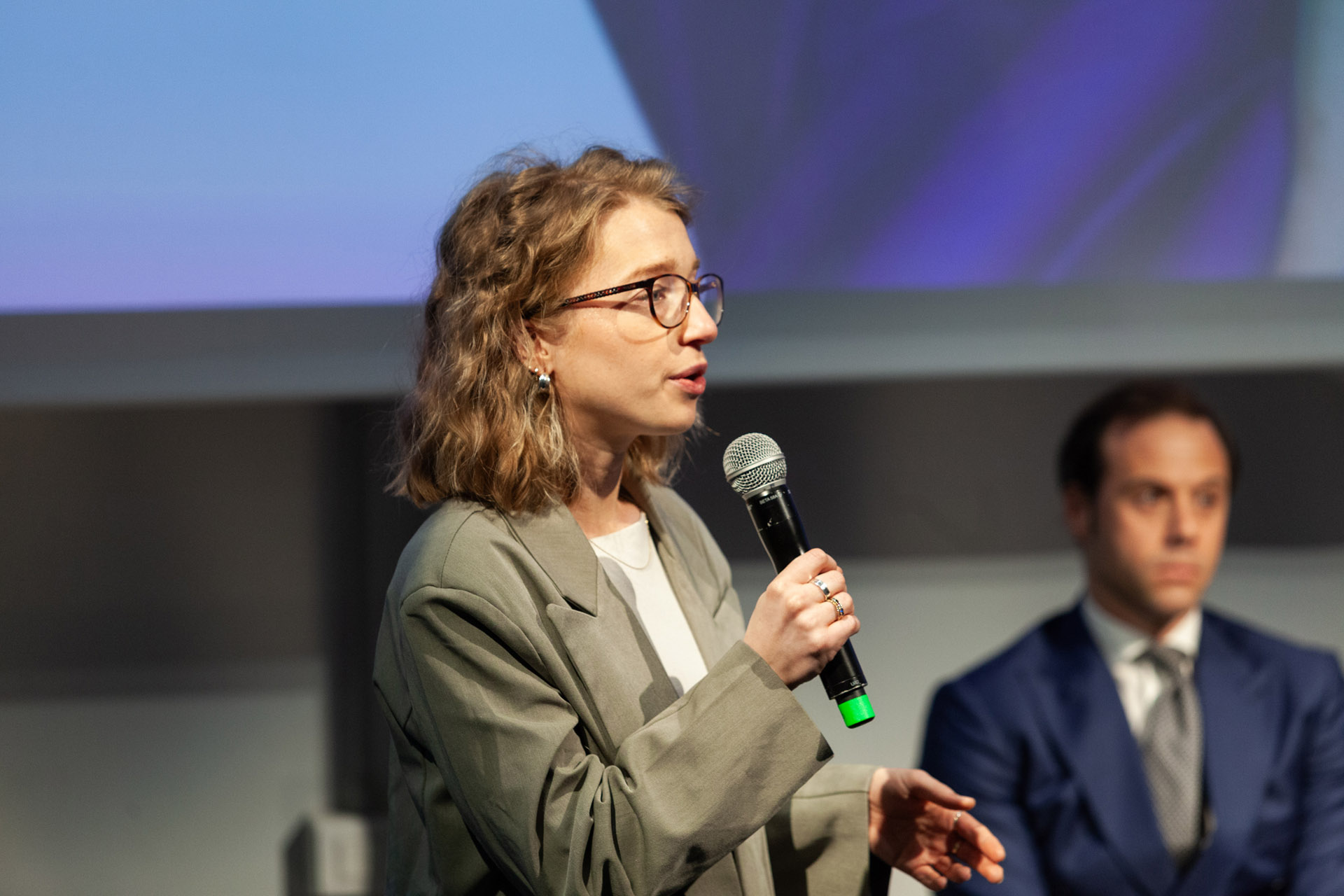
One key aspect of this experience that influenced my partner Katelyn and I’s final pitch was a phrase that stood out to us from the sustainability presentation: “Within the Ferragamo Territory.” This provided a clear geographical focus for our project and steered us toward addressing a specific consequence of climate change that was directly impacting Ferragamo’s territory, Tuscany, with the ultimate aim of future-proofing Ferragamo against the growing risks it poses to business.
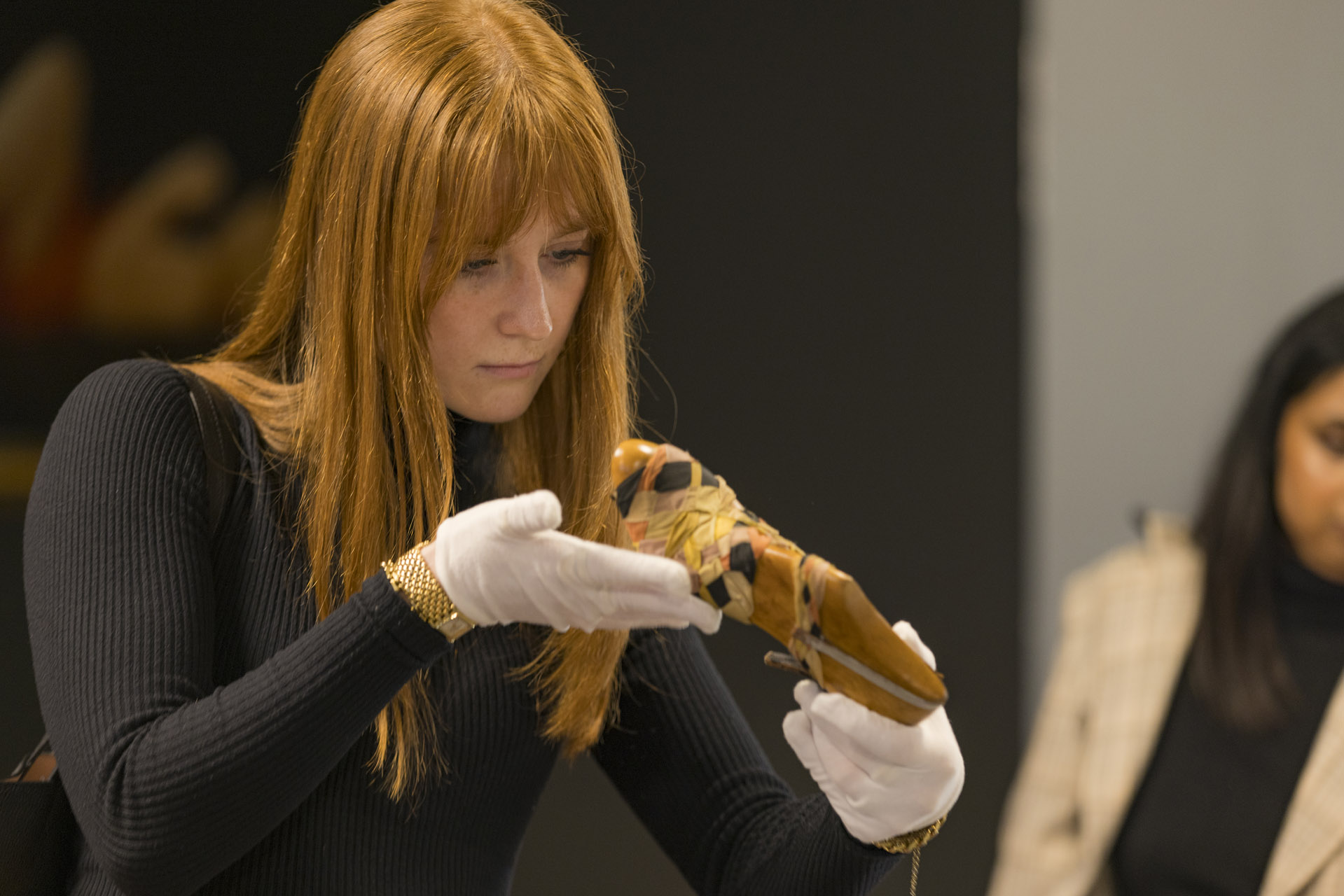
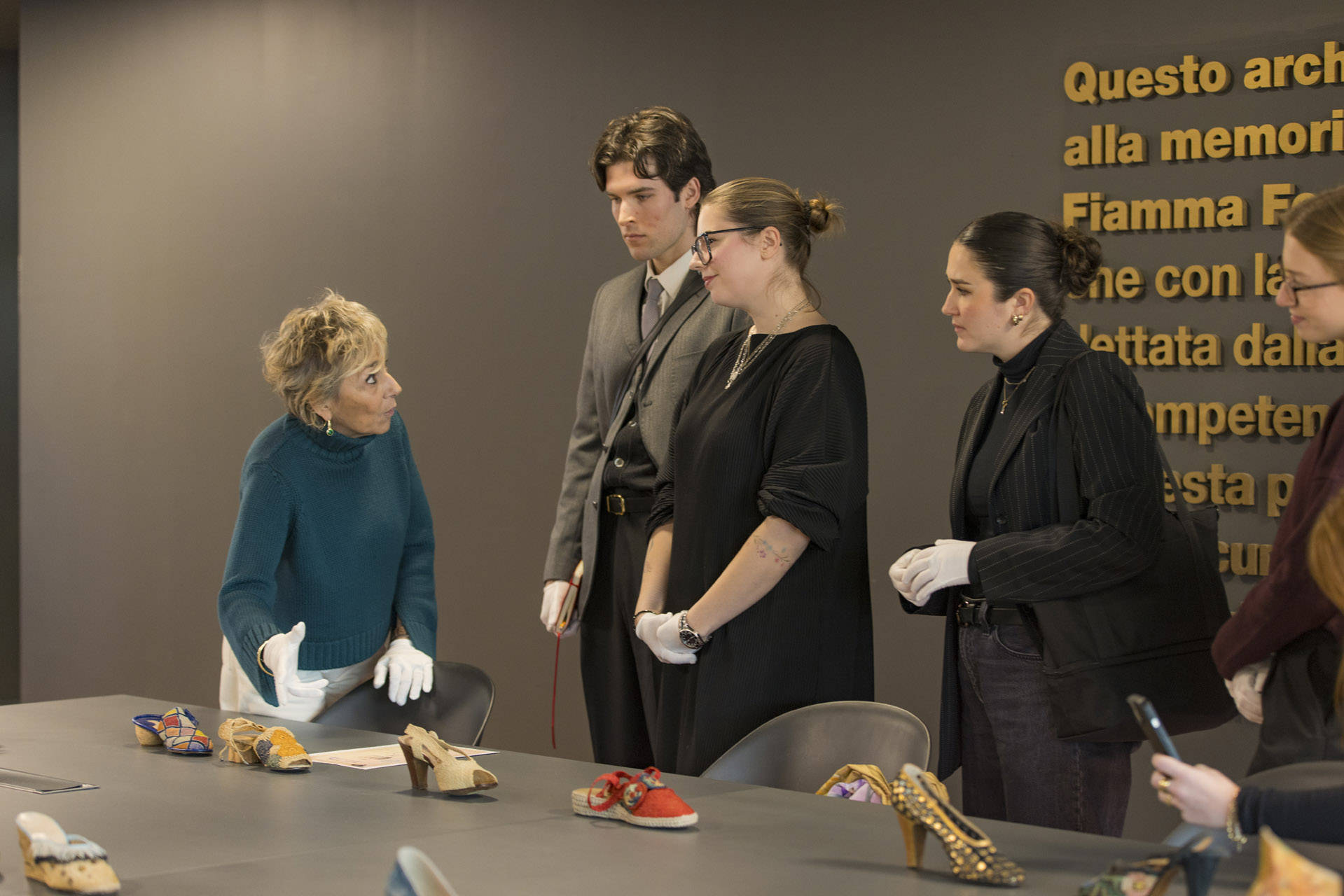
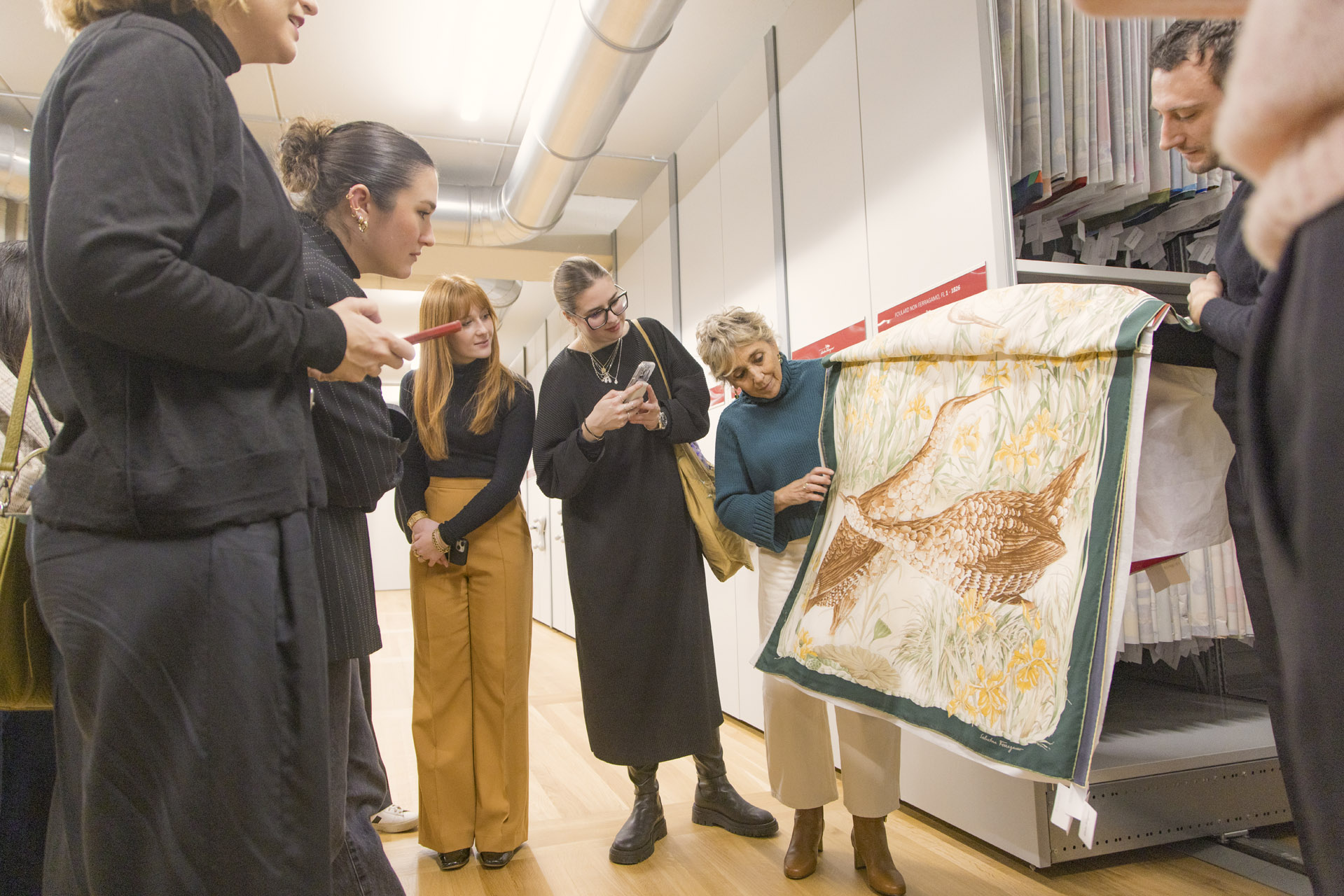
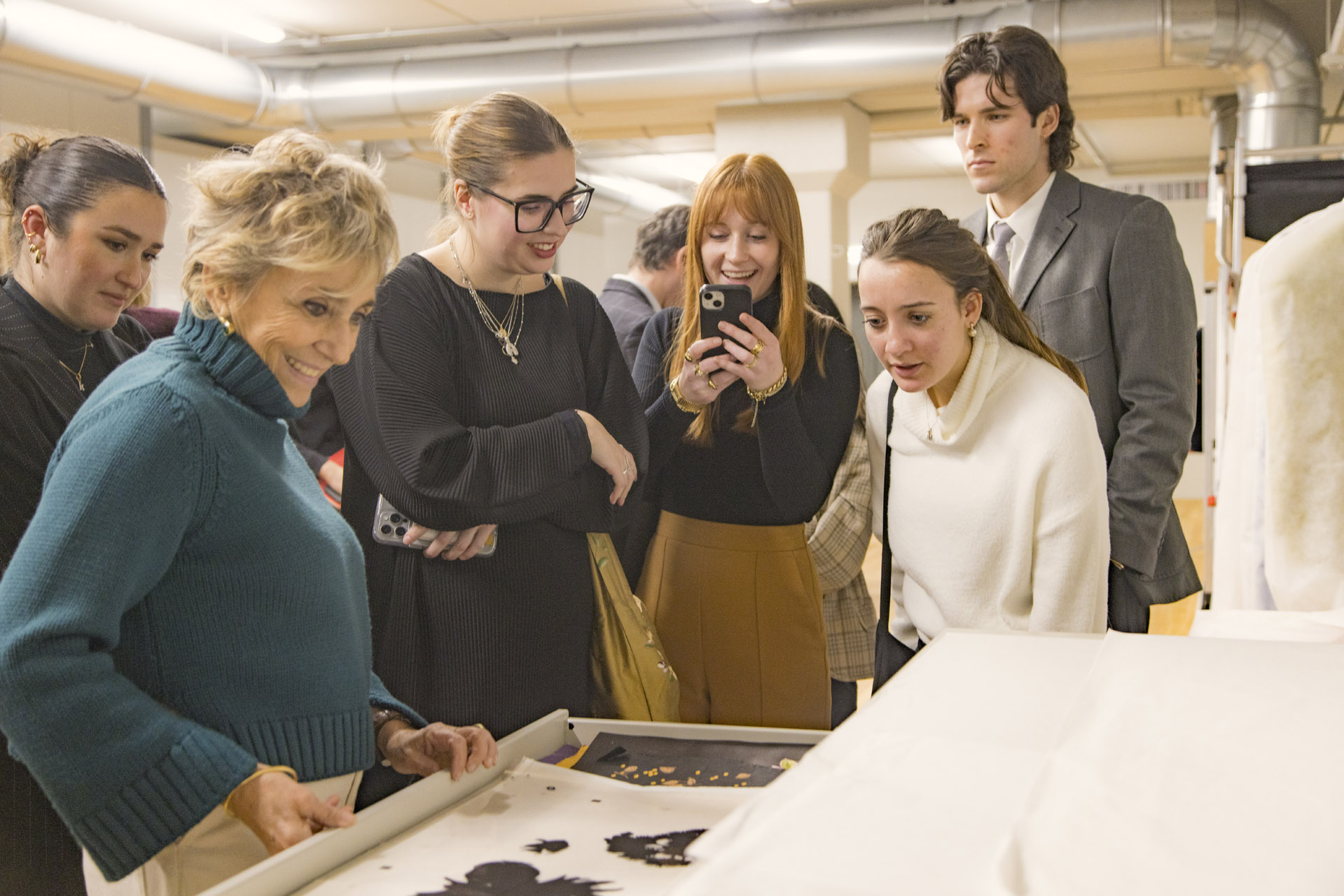
The second important element from our day exploring the Ferragamo archive was the powerful idea that “limitations breed innovation.” Salvatore Ferragamo was, in many ways, fashion’s first true innovator—a pioneer who looked beyond the industry to find groundbreaking solutions to its challenges. Today, we face an even greater challenge: climate change. What is climate change, if not the Earth pleading us to rethink our approach? The relentless pace at which people and businesses are systematically harming the planet cannot continue. We are already crossing planetary boundaries—six, almost seven, out of nine, according to the World Economic Forum—and the consequences are evident all around us. If we begin to see the climate crisis not as a challenge to overcome, but as a limitation that demands respect, what kind of innovations could emerge?
A key limitation facing the world is water stress. The single most profound impact of climate change is its impact on the global water cycle. Globally, droughts have increased by 29% and floods have increased by 134% since 2000. Today, Italy is a global hot spot of water stress, with droughts in the South and flooding in the North. The management and availability of water in Italy has been all too frequently in the headlines in the last several years, and as climate change has worsened, so has the water crisis.
And as we know, water and fashion are inextricably linked. The fashion supply chain is an incredibly water-intensive industry. If we just hone in on the leather tanning industry, approximately 122L of water is used for every square metre of finished leather, according to UNIC. And this is just one of many processes that are used in the fashion supply chain which have a high water footprint.
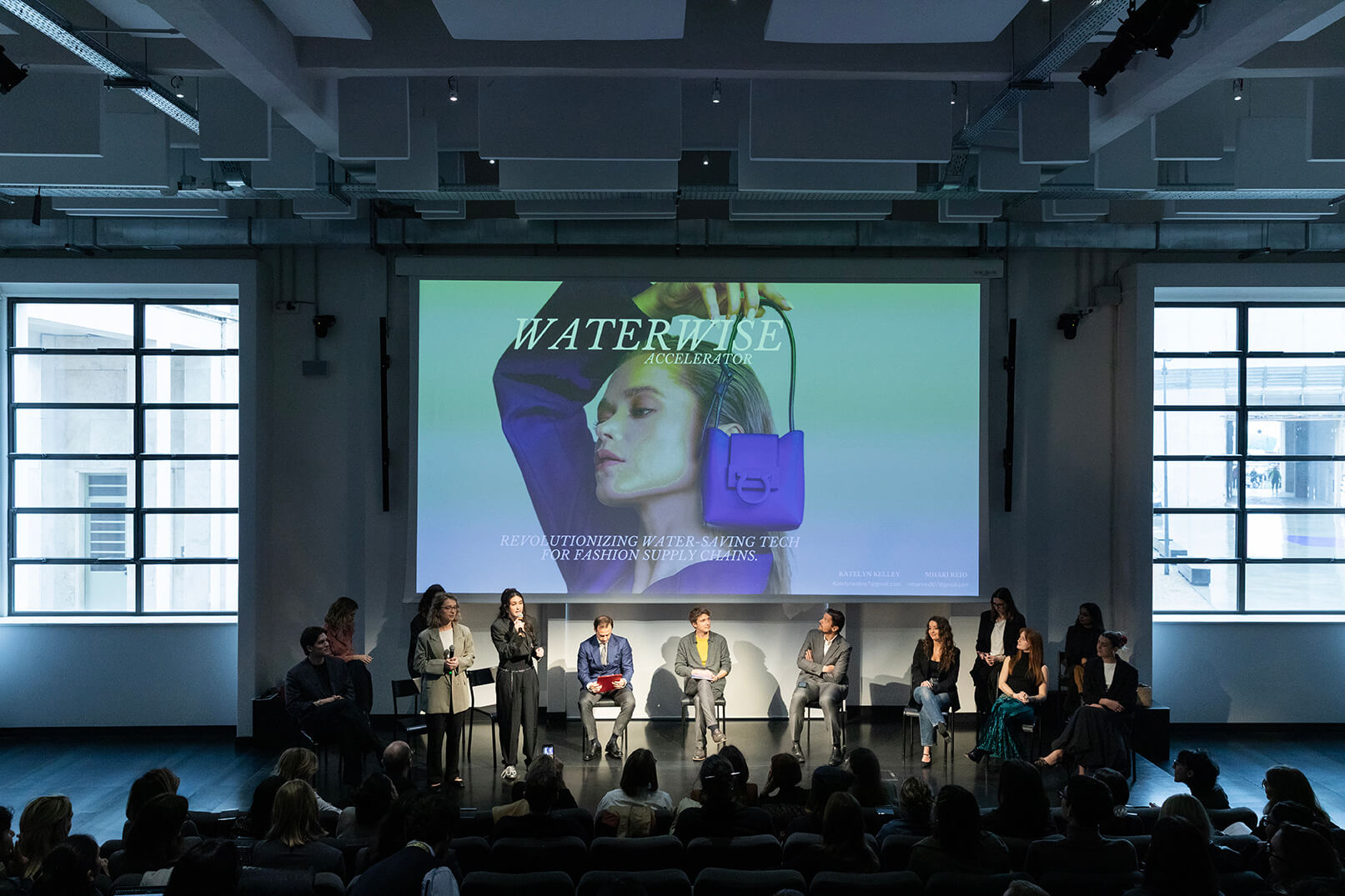
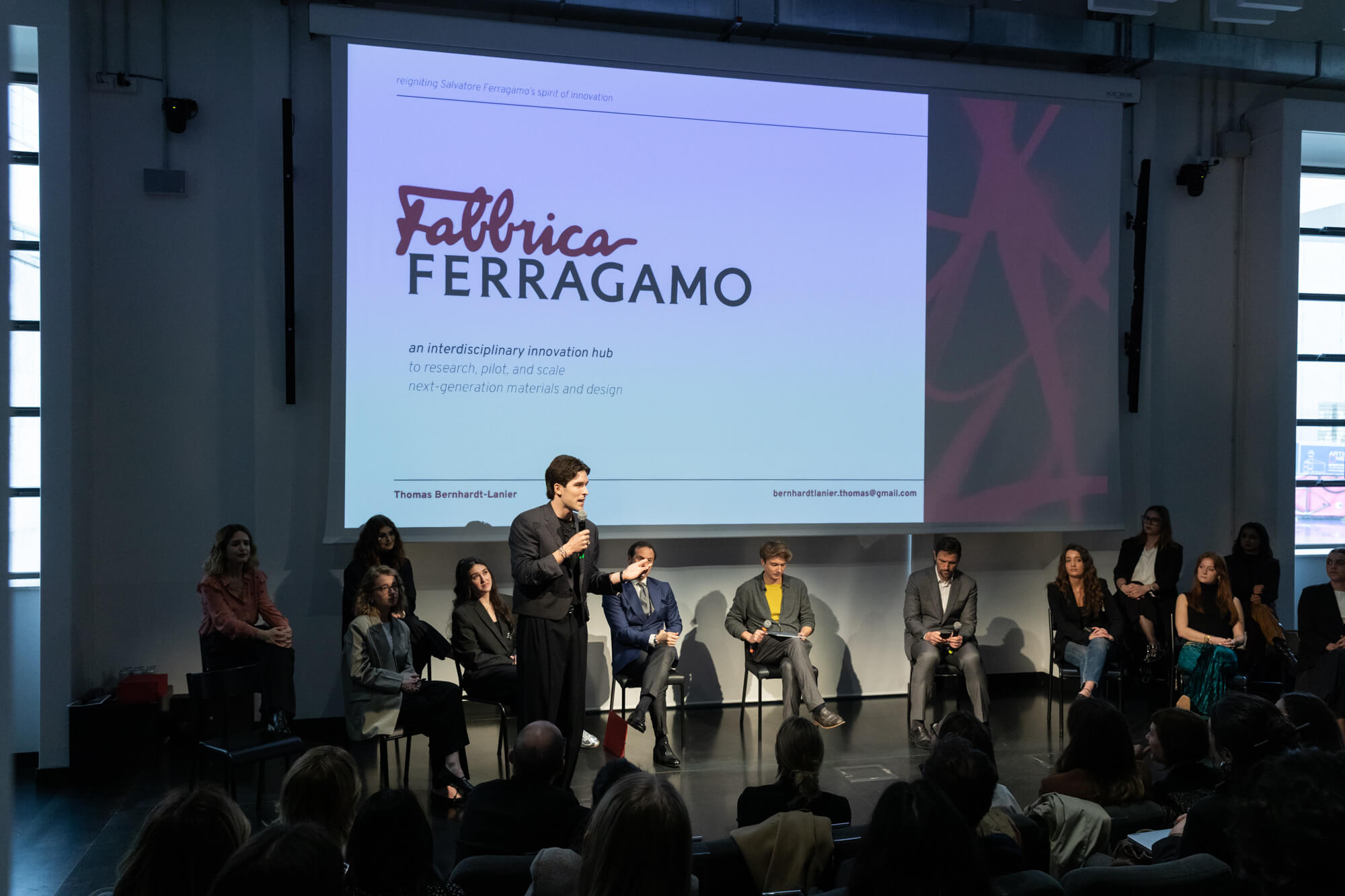
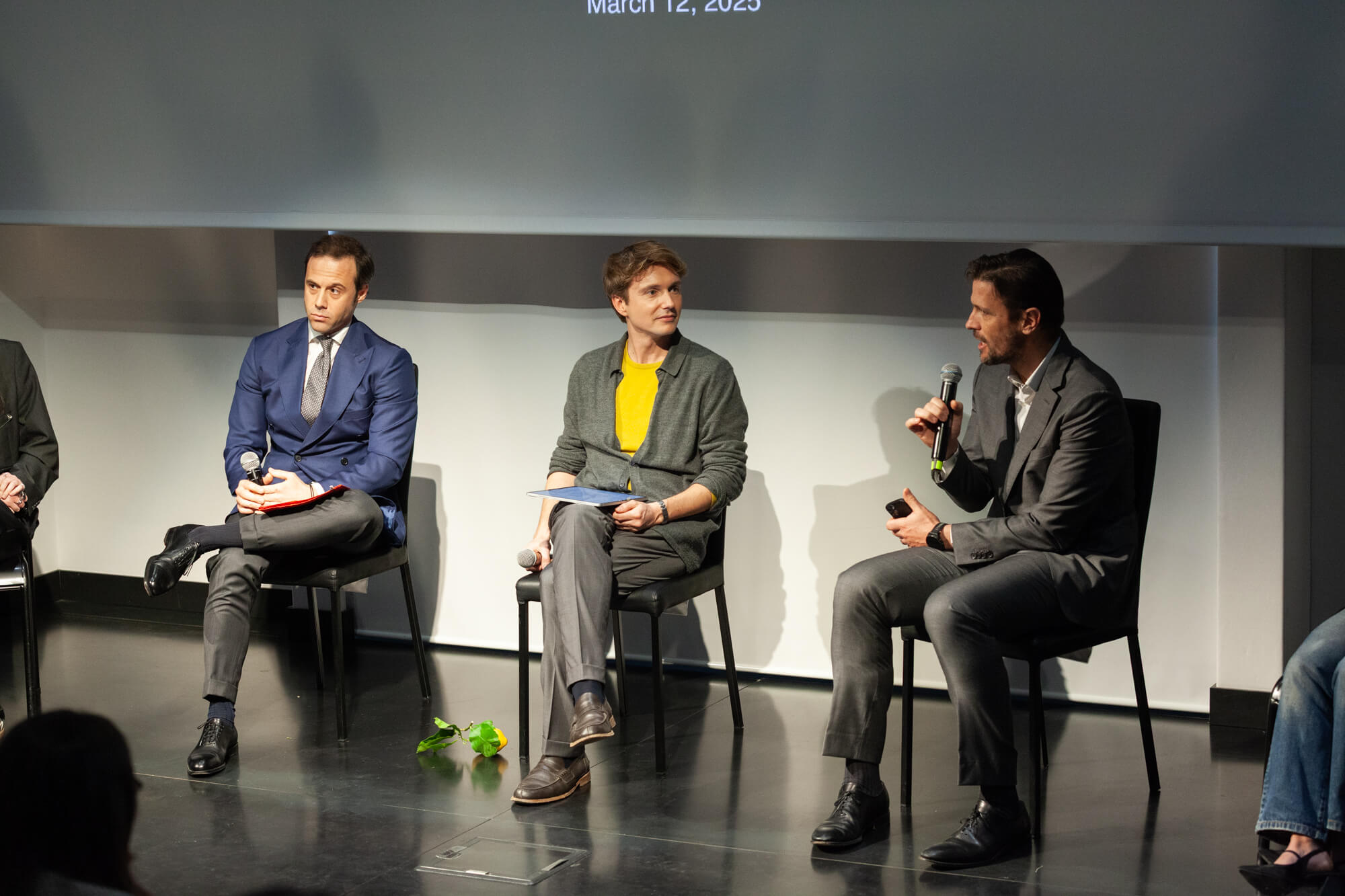
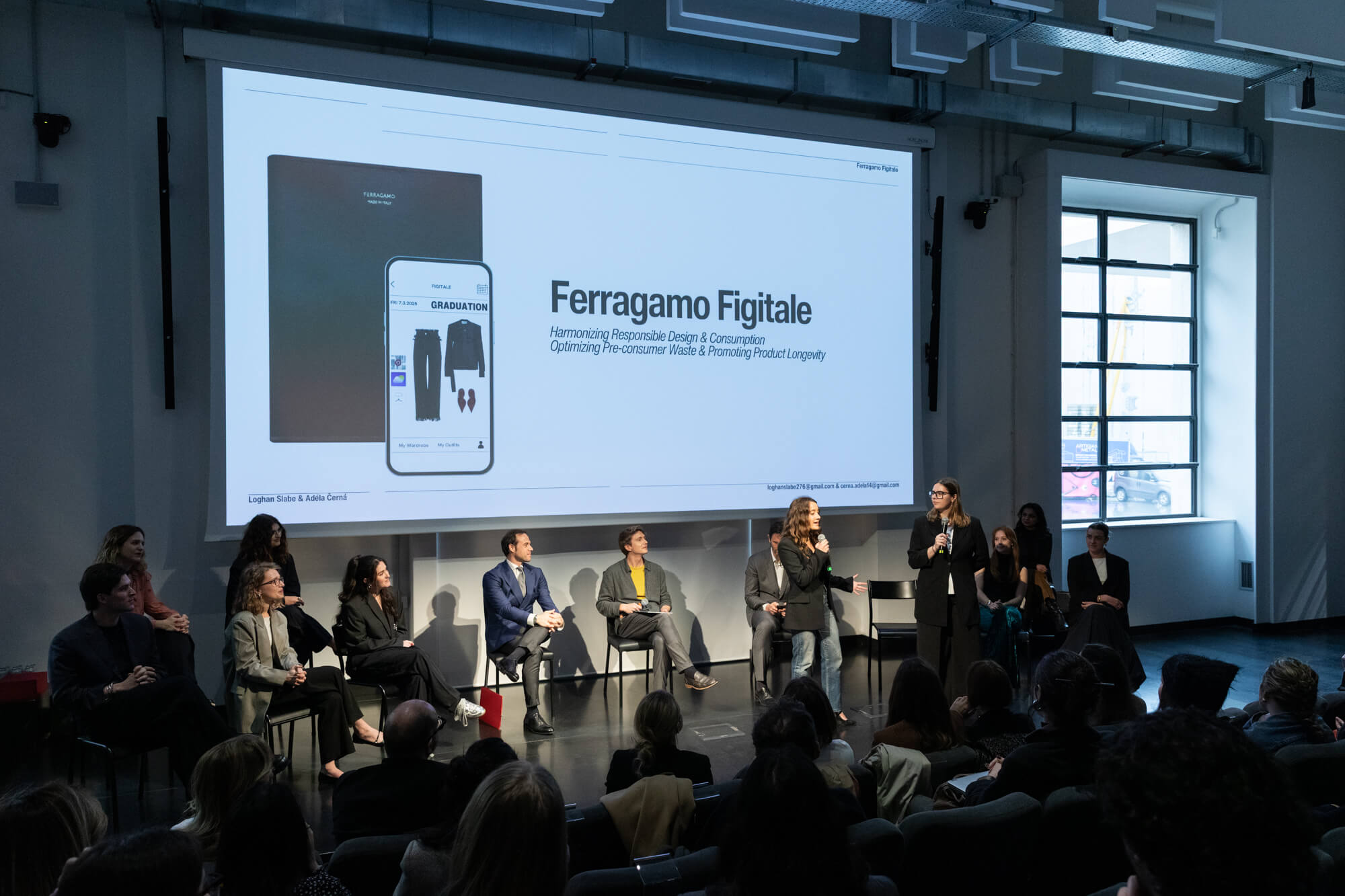
Fortunately, there is already a thriving ecosystem of water-saving technology ready to be accelerated. Since 2019, WaterTech companies globally have experienced a remarkable 105% growth, with the market now valued at $25 billion. Specifically, Italy holds 3% of the world’s patents on water technology, and this market is expected to expand as the water crisis increasingly poses an economic risk to businesses. Italy is the heart of luxury manufacturing, which makes up a significant part of the Italian economy. Given these conditions, Katelyn and I recognized a unique opportunity for Ferragamo to act as a catalyst, embedding itself and the fashion supply chain into the ecosystem of water-saving technologies. This move would not only be a strategic business decision but could also position Ferragamo as a leader in water stewardship within the fashion industry.
So, we proposed that Ferragamo establishes The WaterWise Accelerator: Fast-tracking startups revolutionizing water-saving tech for fashion supply chains. Ferragamo, in collaboration with Italian government investors, would invest in a three-year program designed to drive water innovation with startups in the supply chain. With deep expertise in the Italian fashion industry, Ferragamo, along with other industry and watertech experts, would provide hands-on mentorship, guiding startups through business development, testing, sales strategy, and market readiness.
The Sustainability Team of Ferragamo provided information to support the questions we had prior to our final presentation, and then on March 7th, in front of our classmates, professors, and Davide Triacca, Sustainability Director at Ferragamo, we presented our proposals. This was not only an invaluable chance to receive direct feedback from Ferragamo on the potential of the WaterWise Accelerator, but also a moment to hear from my classmates, each showcasing their unique innovations for the brand. From resource scarcity, to overproduction, to material innovation, the diverse solutions offered by my peers tackled some of the most pressing sustainability challenges facing the fashion industry today.
On March 12th, my class then had the opportunity to participate in the Design, Think, Change Panel event with Ferragamo, moderated by our mentor, Matteo Ward. This time, we delivered a 3-minute version of our pitch in front of students, Ferragamo employees, and community members. We also heard from James Ferragamo and Davide Triacca, who shared their insights on the relevance of our ideas and the future of the fashion industry that is so linked to the health of our planet. I feel incredibly fortunate to be part of a class full of thoughtful global citizens, all deeply passionate about sustainability and committed to making the fashion industry as responsible as possible. Listening to everyone, it was clear that the common thread running through all our projects was the belief that small, additive changes can lead to meaningful, larger-scale impacts. As my classmate Mia so aptly stated during the panel, “Sustainability is not a static goal; it is an evolving practice. There is power in incremental, purposeful shifts.”

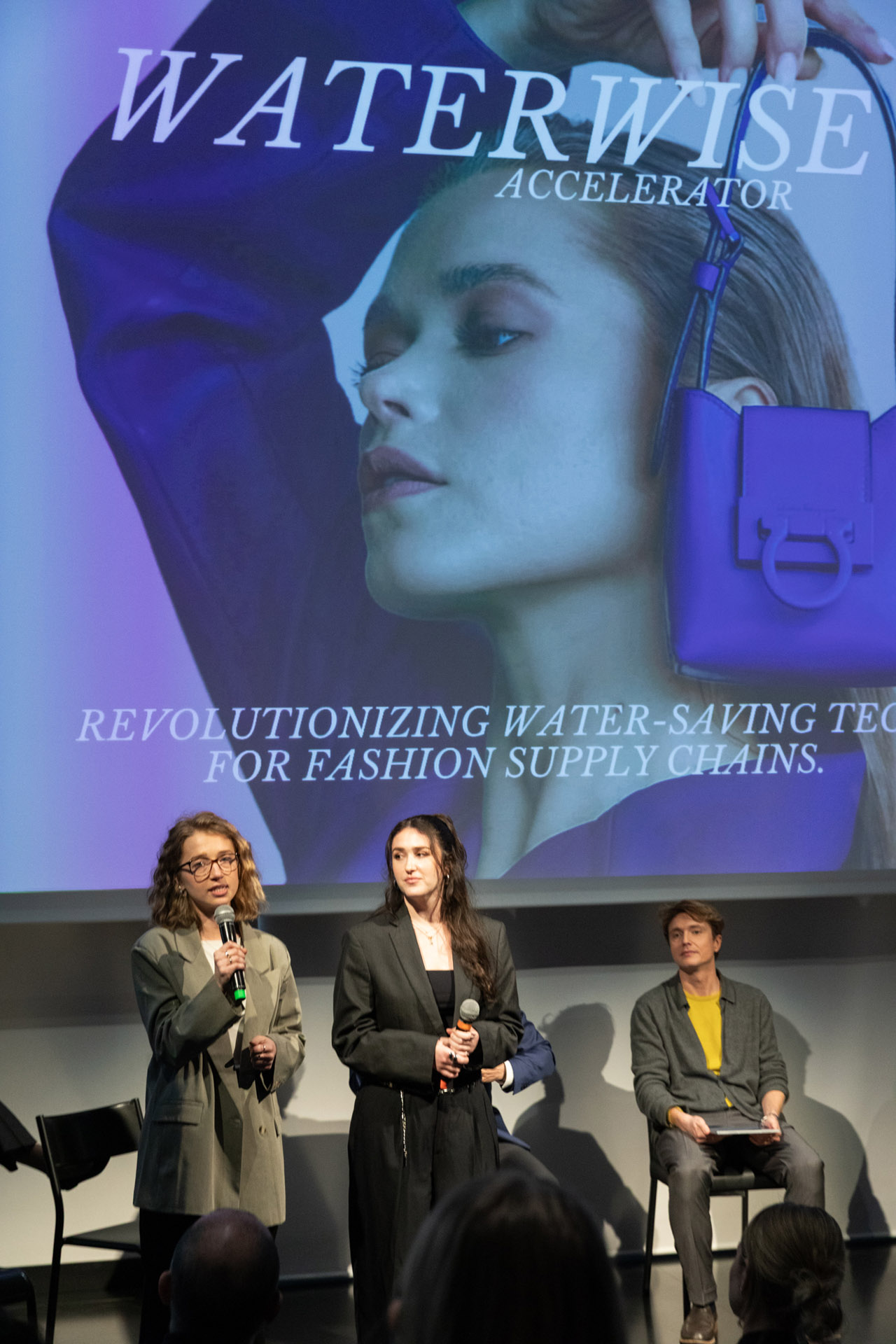
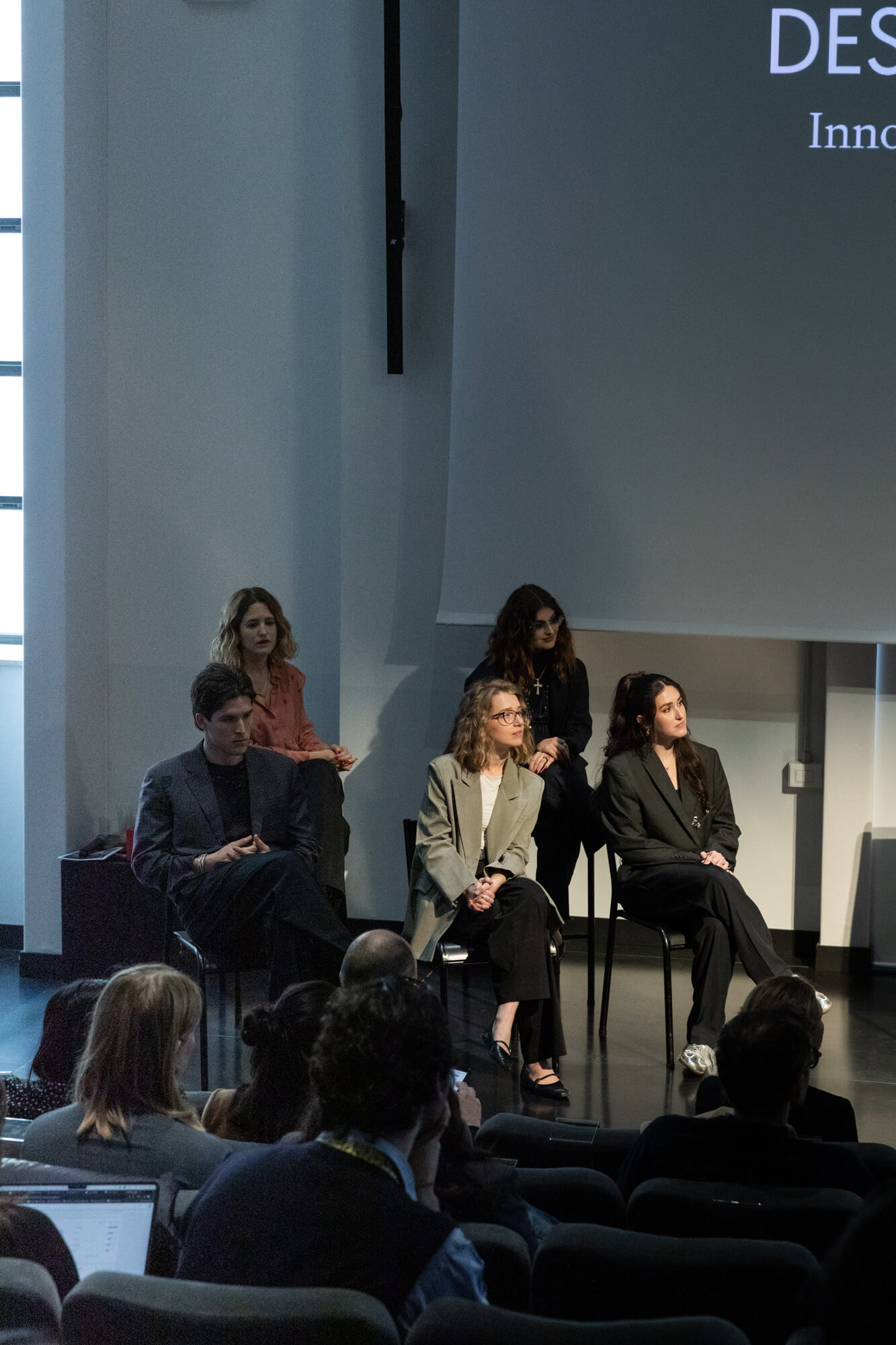
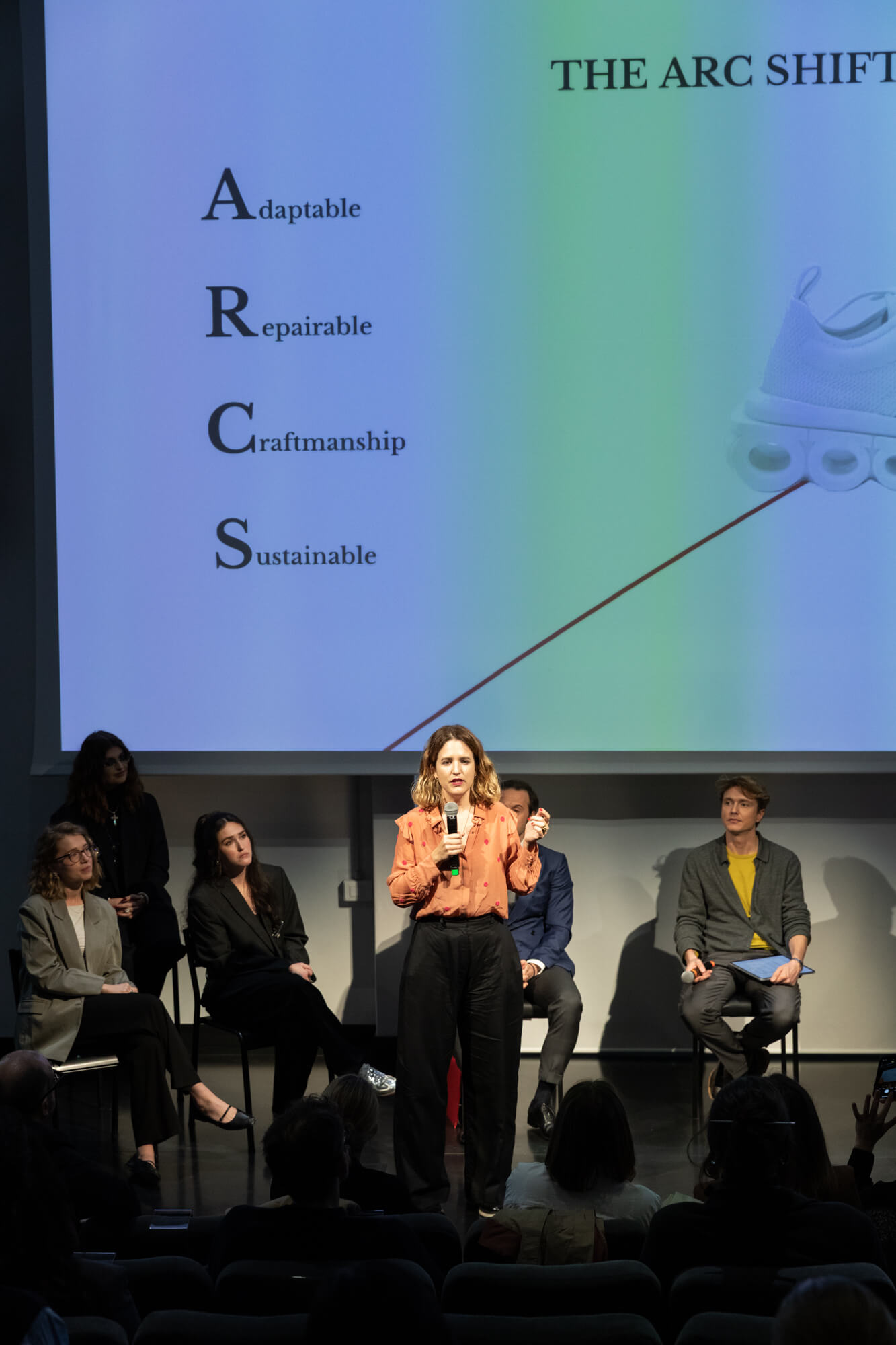
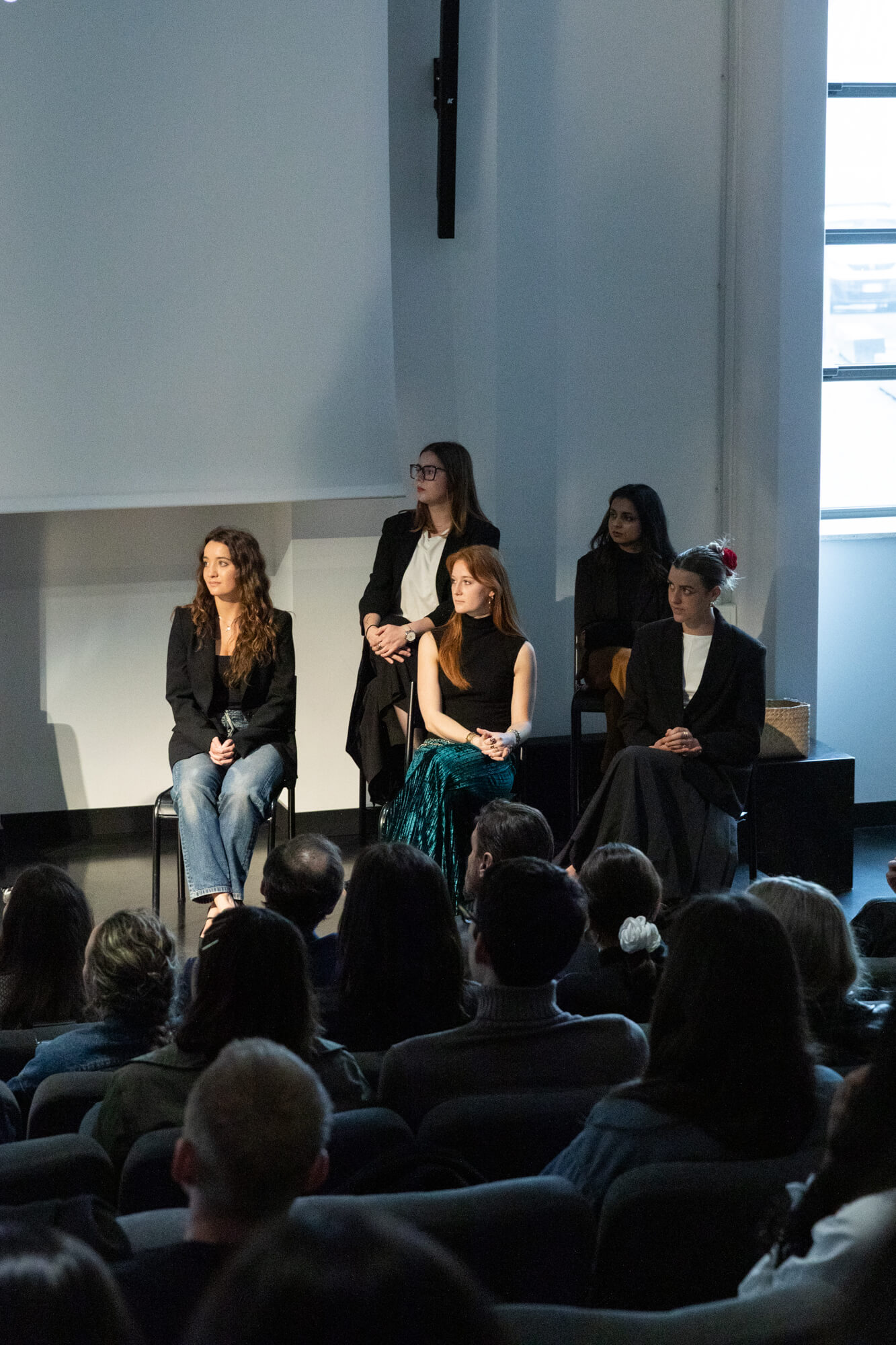
As we leave school, we hope to contribute to the evolving practice of sustainability. The fashion industry is unique in its ability to blend artistry and business. Yet, despite the emotional and cultural value it provides, it also puts tremendous pressure on the planet. As the next generation of industry leaders, our responsibility will be to continue seeking out the incremental changes that can drive the transformation of the fashion landscape, and remain committed to proving that limitations truly foster innovation.
Credits
Written by:
references
- Ferragamo, Annual Sustainability Reports.
- World Economic Forum, (2024 October 2) Seven of nine planetary boundaries breached, and other nature and climate stories you need to read this week
- United Nations (2022) Water – at the Center of the Climate Crisis.
- UNIC – Bilancio Di Sostenibilità (2024 September 10) INPUT: Water, Energy and Chemicals.
- Daimagister (2024 July 23) $25bn Watertech Start-up Ecosystem Offers Significant Potential for Growth.
- La Redazione Rinnovabili (2024 July 19) Tecnologie dell’Acqua: L’Italia è Tra I Migliori in Europa.

